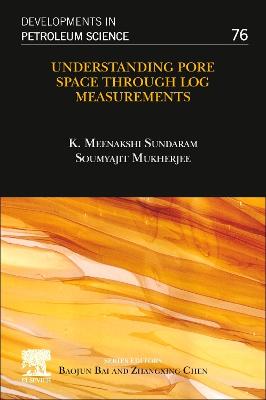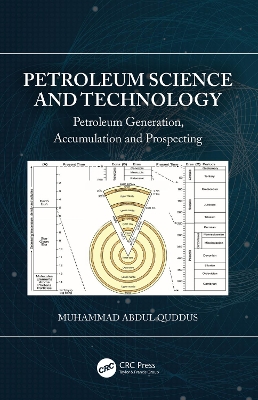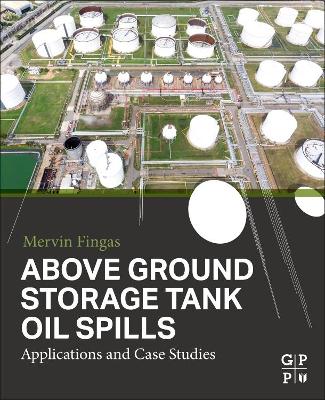Understanding Pore Space through Log Measurements
 -10%
portes grátis
-10%
portes grátis
Understanding Pore Space through Log Measurements
Mukherjee, Soumyajit; Sundaram, K. Meenakshi
Elsevier Science & Technology
11/2022
874
Mole
Inglês
9780444641694
15 a 20 dias
Descrição não disponível.
1. Pore Space and its Classification - Different types of pores and their origin - Concept of different types of porosity - different models of pore space 2. Porosity Estimation from Logs - Modelling grain properties and fluid saturation for estimating porosity from logs - Review of techniques of inversion of log data to gross attributes of the pore space 3. Pore attributes for conventional reservoirs - Clastic and carbonate rock pore types - concepts of pore size - pore shape - surface to volume ratio - pore connectivity - pore compressibility 4. Pore attributes for non-conventional reservoirs - Tight Gas Reservoirs - Basin Centred Gas Reservoirs - Shale Gas Reservoirs - Coals - surface to volume ratio - pore compressibility 5. An overview of log measurements which help obtain pore attributes in respect of conventional reservoirs 6. An overview of log measurements which are essential for understanding pore attributes and pore space attributes of non-conventional reservoirs 7. Techniques for characterizing grains and pores from logs 8. Archie's cementation exponent-importance of, and salient features of effective medium theory based approaches 9. Permeability of unimodal pore system- conventional reservoirs - unimodal porosity - the crucial role this porosity plays in controlling permeability-Permeability and Stoneley wave Propagation. 10. Bi-Modal, Tri-Modal Pore Systems, Fractures
Este título pertence ao(s) assunto(s) indicados(s). Para ver outros títulos clique no assunto desejado.
Pore aspect ratio; grain shape;permeability; pore connectedness; porosity partition; effective medium theories; fluid saturation
1. Pore Space and its Classification - Different types of pores and their origin - Concept of different types of porosity - different models of pore space 2. Porosity Estimation from Logs - Modelling grain properties and fluid saturation for estimating porosity from logs - Review of techniques of inversion of log data to gross attributes of the pore space 3. Pore attributes for conventional reservoirs - Clastic and carbonate rock pore types - concepts of pore size - pore shape - surface to volume ratio - pore connectivity - pore compressibility 4. Pore attributes for non-conventional reservoirs - Tight Gas Reservoirs - Basin Centred Gas Reservoirs - Shale Gas Reservoirs - Coals - surface to volume ratio - pore compressibility 5. An overview of log measurements which help obtain pore attributes in respect of conventional reservoirs 6. An overview of log measurements which are essential for understanding pore attributes and pore space attributes of non-conventional reservoirs 7. Techniques for characterizing grains and pores from logs 8. Archie's cementation exponent-importance of, and salient features of effective medium theory based approaches 9. Permeability of unimodal pore system- conventional reservoirs - unimodal porosity - the crucial role this porosity plays in controlling permeability-Permeability and Stoneley wave Propagation. 10. Bi-Modal, Tri-Modal Pore Systems, Fractures
Este título pertence ao(s) assunto(s) indicados(s). Para ver outros títulos clique no assunto desejado.







